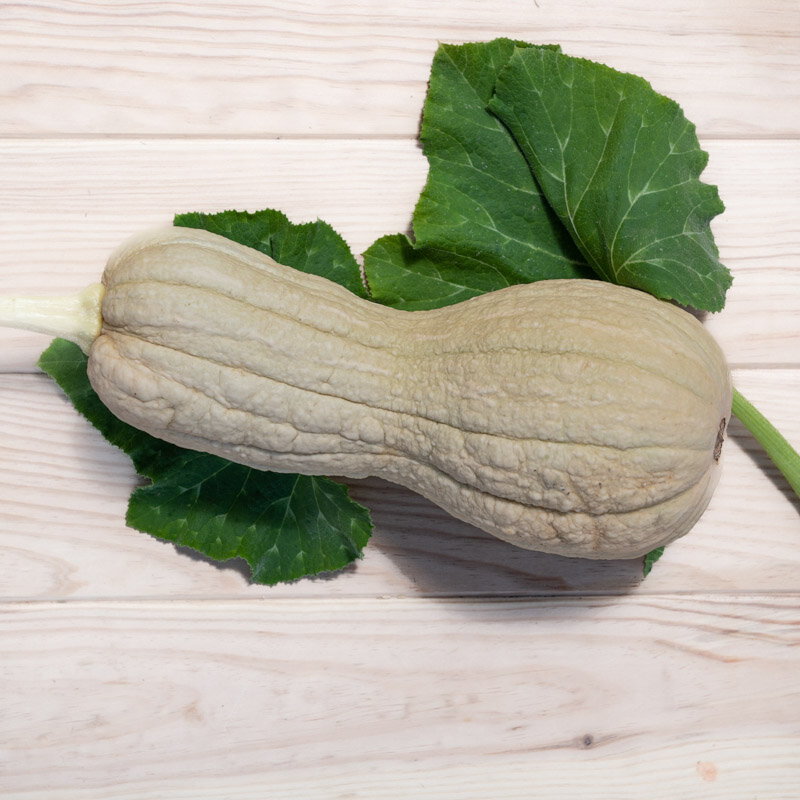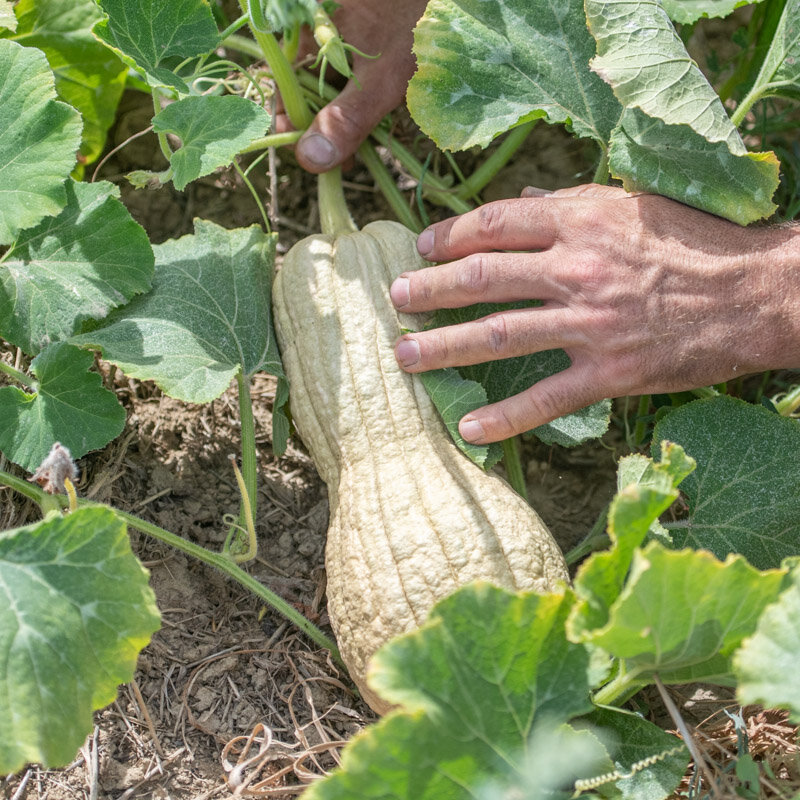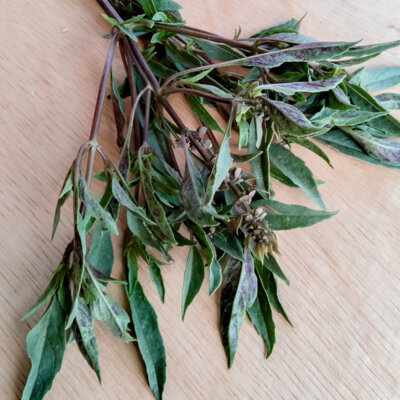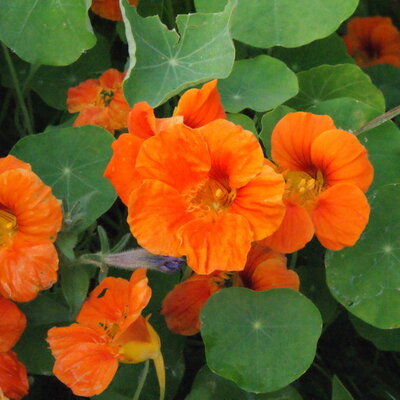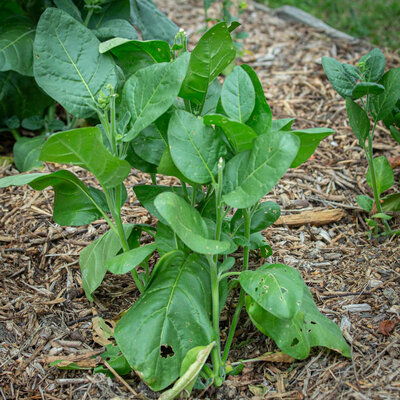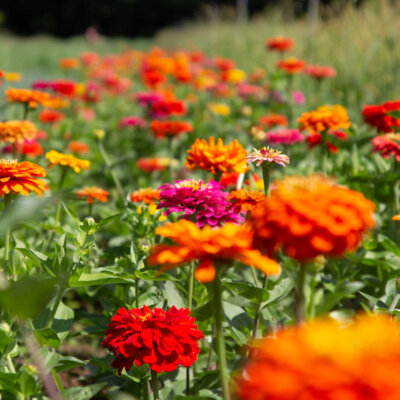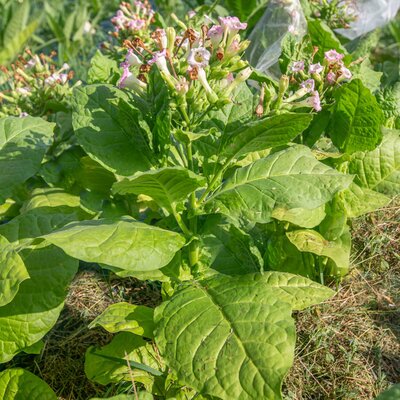Violina - Moschata squash
This variety produces violin-shaped, slightly crenellated "Butternut"-type fruits, with ochre-colored skin when fully ripe. Their firm orange flesh is of excellent quality, with a musky flavor.
Description of Violina squash
Violina squash, Cucurbita moschata, is a very old variety, originally from Italy. Its butternut-like fruits are elongated pears with a warty skin. Ochre-colored when ripe, they can reach 50 cm in length and weigh from 2 to 4 kg. Their firm orange flesh has a sweet, musky flavor and keeps for several months. The fruit can be enjoyed in savory or sweet dishes, soups, gratins and purées.
Sowing the Violina moschata squash
Violina moschata squash is sown in pots 2 to 3 weeks before transplanting, from March to May, in bunches of 2 to 3 seeds.
Place seedlings under a light shelter, at a temperature of between 18 and 20°C, and keep the substrate moist until the seeds emerge. Be careful not to sow squash seeds too early in the season, in which case the roots will become fibrous, making growth difficult in the garden. Transplant into the vegetable garden once the last frosts have passed.
From April to June, after the last risk of frost, it is possible to sow directly in the garden in 2 to 3-seed stacks.
Prepare 2 weeks in advance holes filled with compost or organic matter, spaced 2 m apart in all directions, to accommodate the squash plants or seeds. Mulch the soil to maintain sufficient humidity and limit water evaporation.
Place a crate or tile under the fruit, without damaging it, to isolate it from the soil and prevent rotting.
To encourage the development of squash, combine companion plants such as corn and beans (milpa). Plant basil between all types of squash to repel pests.
Harvesting and storing Violina squash
Although Violina squash fruits can be harvested and eaten immaturely, those intended for winter storage should be picked as late as possible, before the first frosts, from July to November, when the stalk begins to dry out and the skin becomes thick. Be careful not to tear them off, but cut as close as possible to the stem, 10 cm above the stalk.
This variety will keep for up to 1 year in a ventilated, dry place, at a temperature of between 10 and 12°C. Place the fruit, spaced apart and tail up, in crates set high up. They can also be frozen for up to a year, after slicing and cooking.
These products may also be of interest to you
in the ground, in bucket
Sow in pots at 18-20°C, 2 to 3 weeks before planting. Transplant with the root ball into the ground, after the last frosts, at a minimum distance of 2 m in all directions. To sow directly in the ground, sow after the last frosts, once the soil has warmed up. In both cases, prepare holes filled with compost or organic matter two weeks in advance to accommodate your seedlings or seeds.
March, April, May
April, May, June
July, August, September, October, November
in the ground
sunny
fort
all floor types
rich, furniture, fees, reheated, wet
Cucurbita moschata
late
From 2000 to 4000 g
12 seeds
pear
farm
Ochre
edible
From 150 to 400 cm
From 30 to 50 cm
runner
Italy
Inconnue
This ancient variety originated in Italy.



